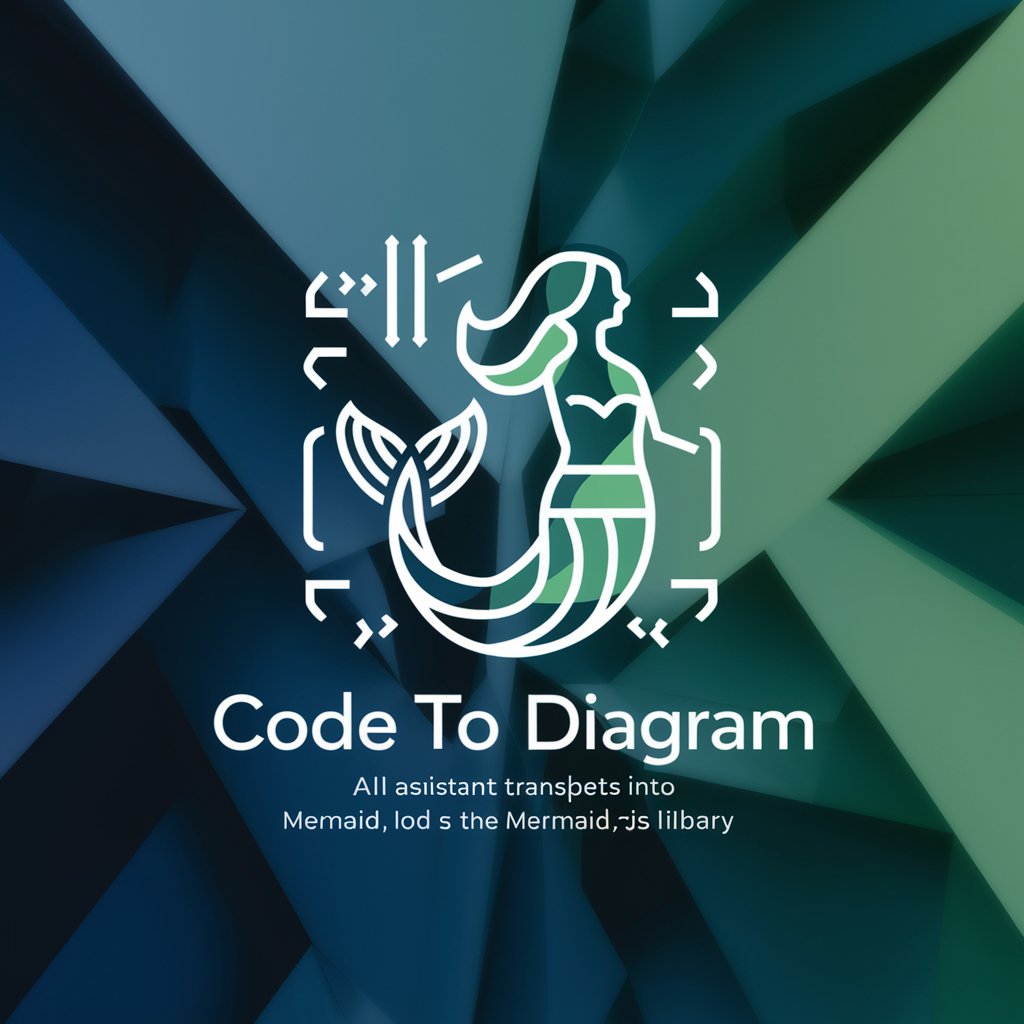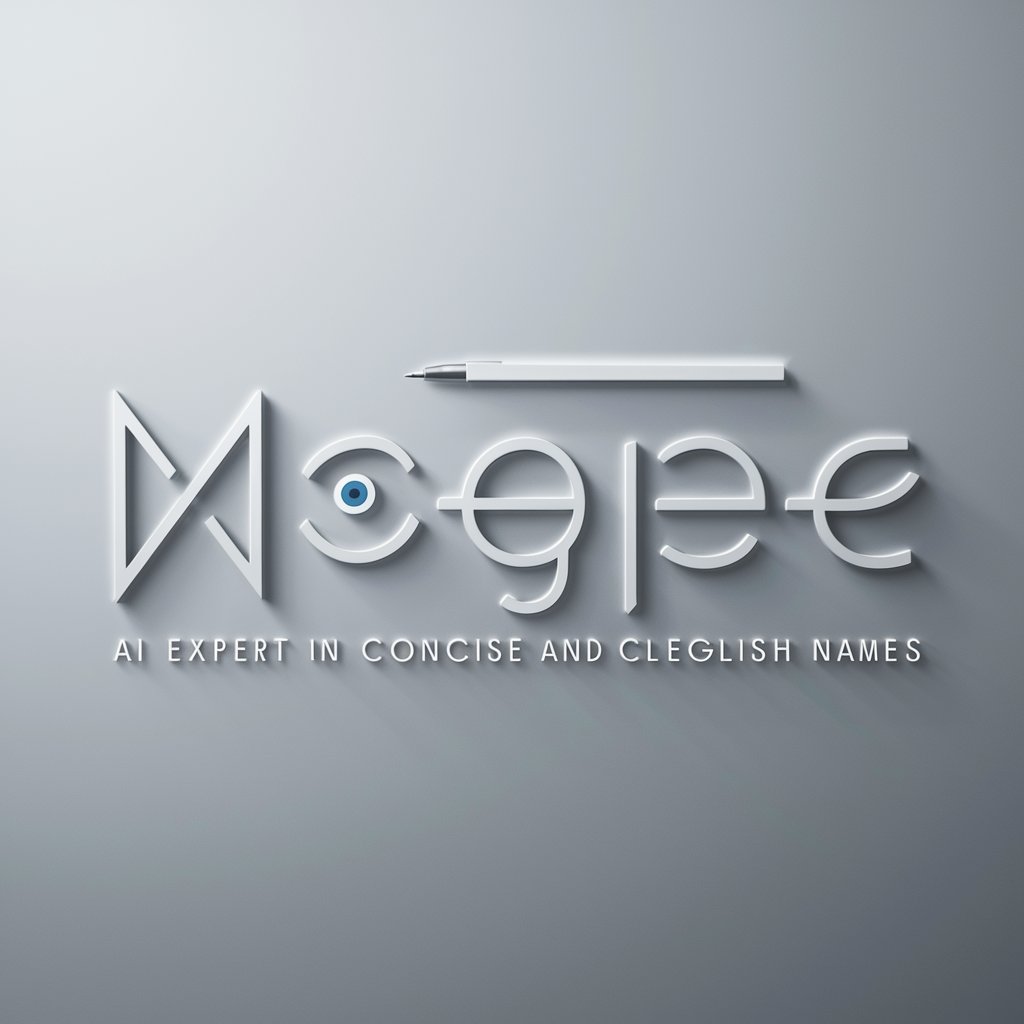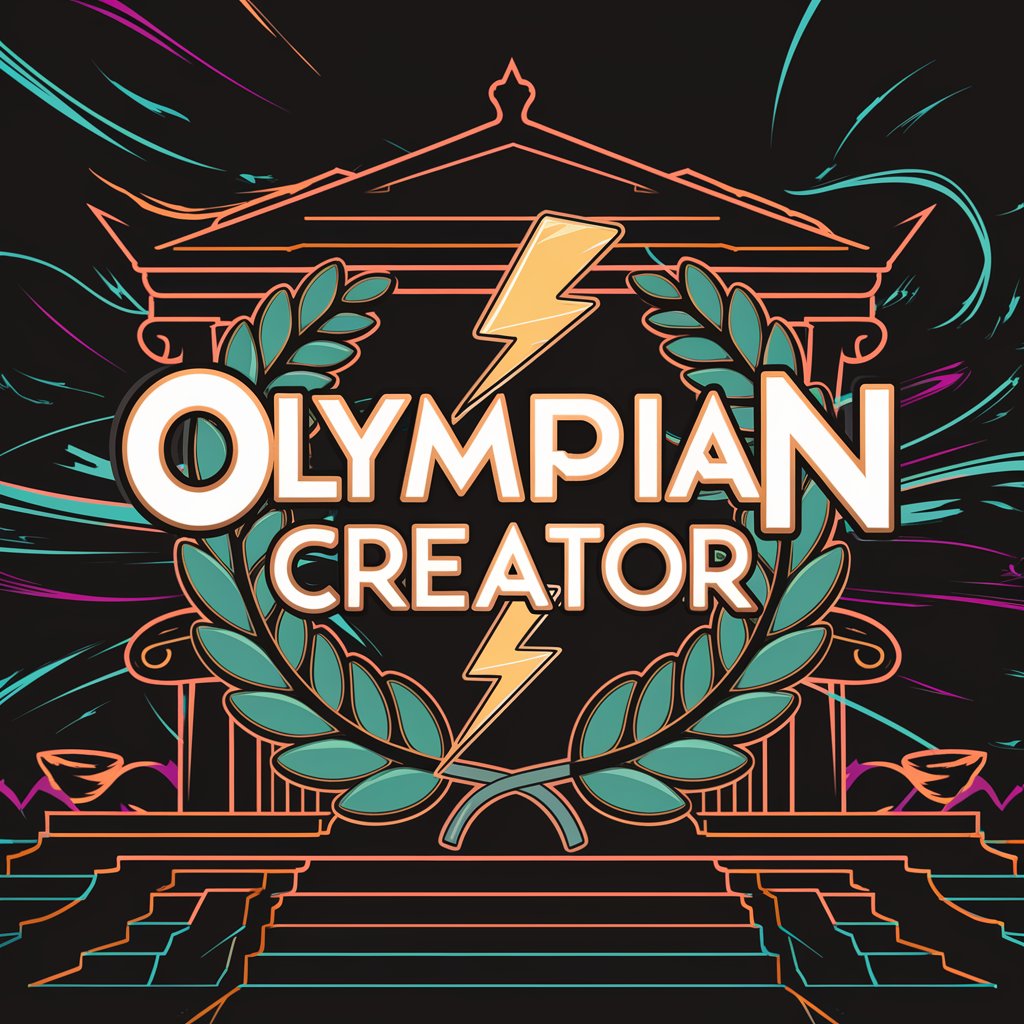Code to Diagram - Code Visualization Tool

Welcome! I'm here to turn your code into clear, concise diagrams.
Visualize Code, Power Insights with AI
Transform the following code snippet into a detailed Mermaid.js sequence diagram:
Generate a class diagram using Mermaid.js for the given code structure:
Create a state diagram based on the following state transitions using Mermaid.js:
Design a flowchart in Mermaid.js from this code segment:
Get Embed Code
Introduction to Code to Diagram
Code to Diagram is a specialized AI service designed to interpret and convert programming code into visual diagrams. Its primary purpose is to aid in understanding complex code structures and algorithms by providing a visual representation. This service is particularly useful in scenarios where code readability and comprehension are critical, such as in software development, system design, and educational contexts. For example, given a segment of code defining a class structure in an object-oriented language, Code to Diagram can generate a class diagram illustrating the relationships and hierarchies within that code. Powered by ChatGPT-4o。

Main Functions of Code to Diagram
Flowchart Generation
Example
Given a piece of code that outlines a process or algorithm, Code to Diagram can produce a flowchart. This is particularly useful for understanding the flow of logic in complex functions.
Scenario
In a scenario where a developer is troubleshooting a piece of software, they can input the relevant function or algorithm into Code to Diagram to visualize the logical flow, making it easier to identify potential issues or bottlenecks.
Sequence Diagram Creation
Example
For code that involves multiple objects interacting over time, such as in a sequence of function calls, Code to Diagram can create a sequence diagram. This helps in visualizing the timing and order of operations.
Scenario
In a collaborative software development project, understanding the interaction between different components is crucial. By generating sequence diagrams, team members can get a clear view of how different parts of the system interact, facilitating better communication and coordination.
Class Diagram Visualization
Example
Code to Diagram can convert object-oriented code into class diagrams, which depict classes, their attributes, methods, and the relationships between them.
Scenario
When a new team member is introduced to an existing project, understanding the existing class structure can be daunting. Class diagrams generated from the project's code can help them quickly understand the system's architecture.
State Diagram Illustration
Example
For code that involves states and transitions, such as a state machine, Code to Diagram can generate a state diagram to visualize these elements clearly.
Scenario
In embedded systems or applications with complex state management, visualizing the state transitions can significantly aid in both the development and debugging phases.
Ideal Users of Code to Diagram
Software Developers
Software developers can utilize Code to Diagram to better understand and communicate complex code structures and algorithms, especially when working in large teams or on legacy systems.
System Architects
System architects can use the service to visualize and plan system designs, ensuring a clear understanding of the relationships and interactions within the system.
Educators and Students
In educational settings, both educators and students can benefit from visual representations of code for teaching and learning programming concepts, algorithms, and system design.
Technical Writers and Documenters
Technical writers and documenters can use Code to Diagram to create clear and accurate visual aids for documentation, making complex technical content more accessible to a broader audience.

Using Code to Diagram: A Step-by-Step Guide
1
Visit yeschat.ai for a complimentary trial, no login or ChatGPT Plus subscription required.
2
Input your source code into the provided text box. Ensure that your code is well-structured and syntactically correct for optimal diagram generation.
3
Select the type of diagram you wish to generate (e.g., flowchart, sequence diagram, class diagram, state diagram) based on your code structure and the aspect you want to visualize.
4
Review the generated diagram. Utilize the tool's features to customize and edit the diagram to better fit your specific needs or preferences.
5
Export the finalized diagram. Use the export feature to download the diagram for inclusion in documentation, presentations, or for further analysis.
Try other advanced and practical GPTs
Viking Quest
Embark on AI-Powered Viking Sagas

SteelmanGPT
Bridging Divides with AI-Powered Mediation

GeoGuessr Assistant
Elevate Your GeoGuessr Game with AI

無知な女性社員
Empowering Creativity with AI Insight

本のおすすめ
Discover Your Next Read with AI

Education Explorer
Empowering School Choices with AI

Art Creator
Inspire your creativity with AI

Viral Voice
Elevate Your Broadcasts with AI Creativity

Wisdom Council
Empowering decisions with AI-guided wisdom

ネーミング達人
Craft Perfect Names with AI

Bleeding Heart
Sharpen Your Wit with AI

Olympian Creator
Turn Yourself into a Greek God

Frequently Asked Questions about Code to Diagram
What programming languages does Code to Diagram support?
Code to Diagram is designed to support a wide range of programming languages, including but not limited to Java, Python, C++, and JavaScript. The tool parses your code to understand its structure and then generates the corresponding diagram.
Can Code to Diagram generate diagrams for complex codebases?
Yes, Code to Diagram can handle complex codebases by breaking down the code into smaller, manageable sections and visualizing each part's interactions and flow. However, for the best results, it's recommended to focus on specific code segments or modules.
Is it possible to customize the generated diagrams?
Absolutely. Code to Diagram allows users to customize the generated diagrams. You can edit labels, rearrange components, and adjust styles to suit your specific requirements or preferences.
How does Code to Diagram ensure the accuracy of the generated diagrams?
Code to Diagram uses advanced parsing and analysis algorithms to read and understand your code. It meticulously translates the code structure and logic into diagrammatic form, ensuring a high level of accuracy in representing the code's functionality.
Can I use Code to Diagram for educational purposes?
Definitely! Code to Diagram is an excellent tool for educational settings. It helps students visualize code structure and flow, making it easier to understand complex algorithms and software architecture.
